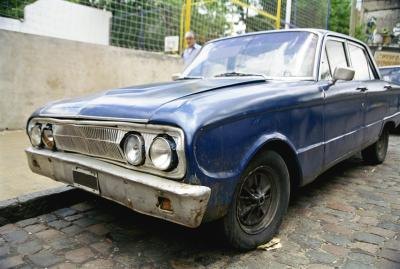Sunday, November 17, 2013
What Happens When CV Joints Fail

CV joints, or constant velocity joints, help keep all of a cars wheels rolling at the same speed while also helping the suspension adjust to vertical movements. While most CV joints last for many years, a failed CV joint may require replacing an entire drive shaft, according to Samarins, a website useful to people in the used-car market.
Structure
A CV joint consists of a ball-and-socket joint with metal bearings packed in grease and surrounded by a protective rubber boot, according to 2 Car Pros. Each drive shaft includes inner and outer CV joints attached to each end of the shaft. Failure of either joint can lead to serious problems.
Damage
A CV joint becomes vulnerable to failure when the rubber CV boot covering the joint develops a tear. The torn CV boot allows grease to leak out from the bearings in the joint while also allowing grit to enter. Eventually the corroded joint breaks, ruining the entire drive shaft.
Trouble Signs
Diagnosing a CV joint problem early can help prevent total failure of the CV joint. Drivers who hear a clicking or knocking noise when the car makes sharp turns may have a CV boot problem. Replacing the boot and repacking the grease before failure occurs can fix the problem.
No comments:
Post a Comment